Simple Still Life Tutorial
Want to take your painting journey further? Learn to paint REALISTIC still life paintings in this COMPREHENSIVE 4 part tutorial!
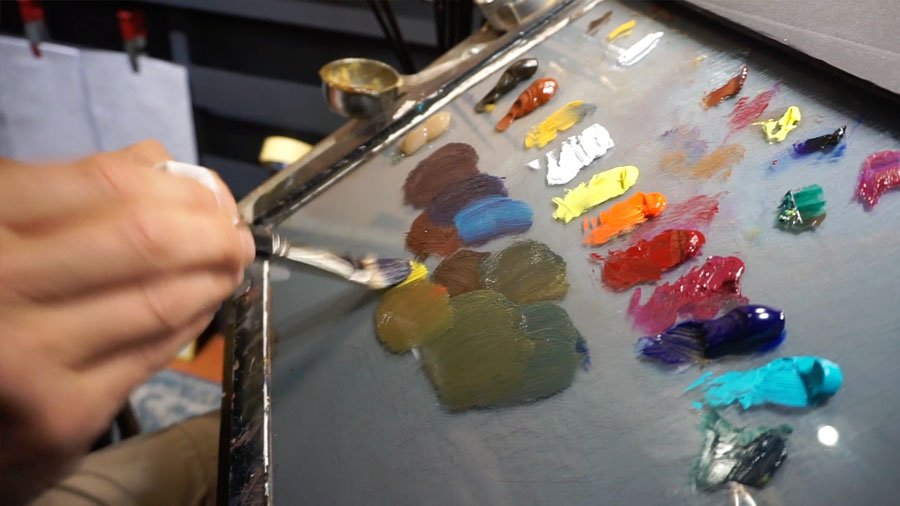
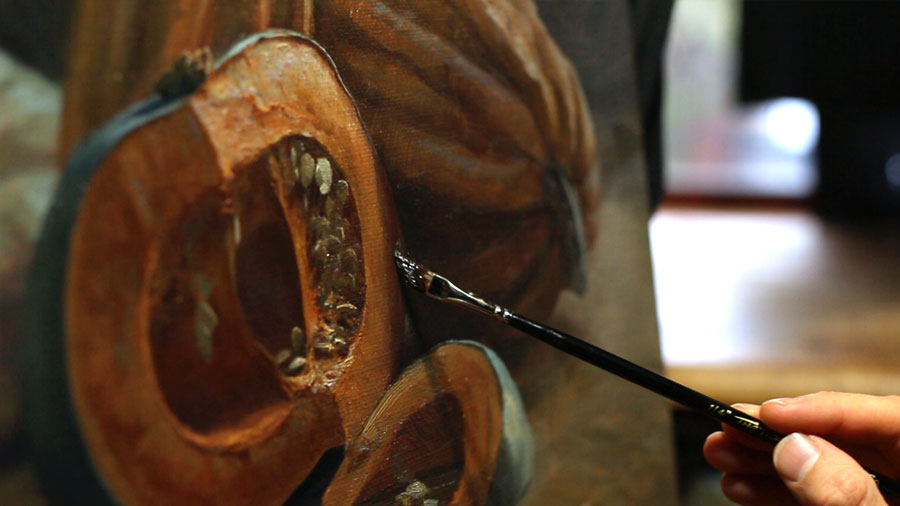
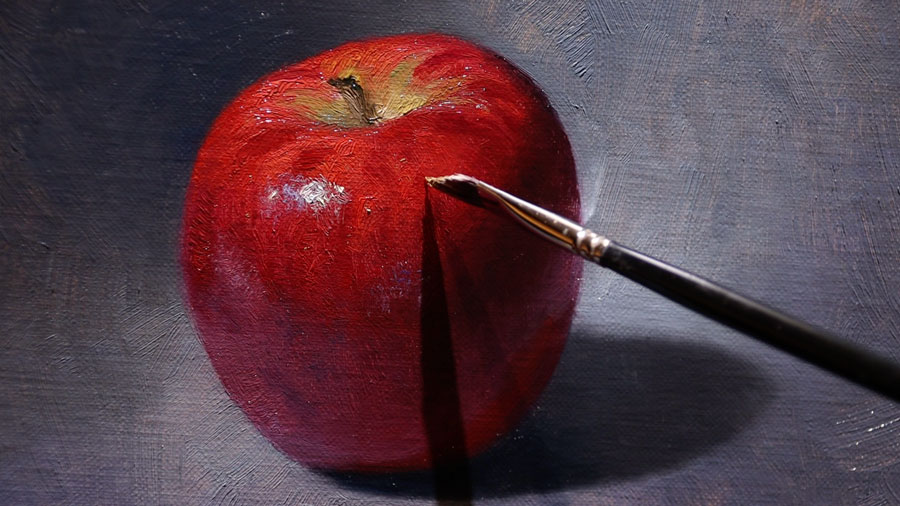

I know you're going to LOVE this tutorial - if you're not 100% satisfied we offer a 30 day money-back guarantee!
Download
4 MP4 Files – 10.24GB – 8 hours of content
viewed in 1080p, no subtitles
$79 USD
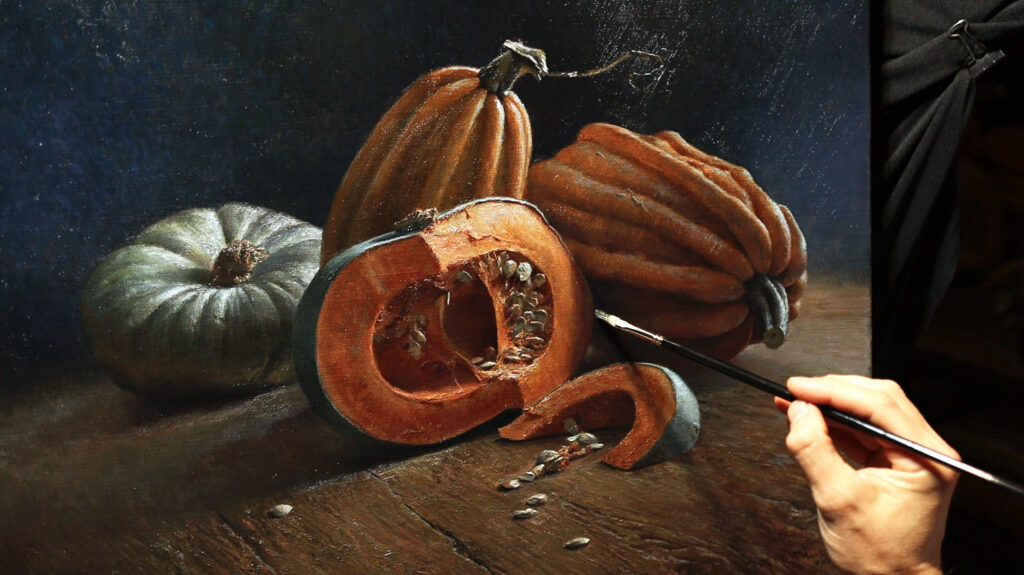
This tutorial contains SIX different subjects that build in complexity from one to the next, showcasing a range of techniques and approaches. In each demonstration, I will talk you through how I create 3-Dimensional still-life paintings that feel ALIVE!
I’ve dedicated the last 18 years to mastering painting; let me show you some great techniques that will save you the time and effort grinding it out in the studio. Take your STILL LIFE paintings further – check out this tutorial!
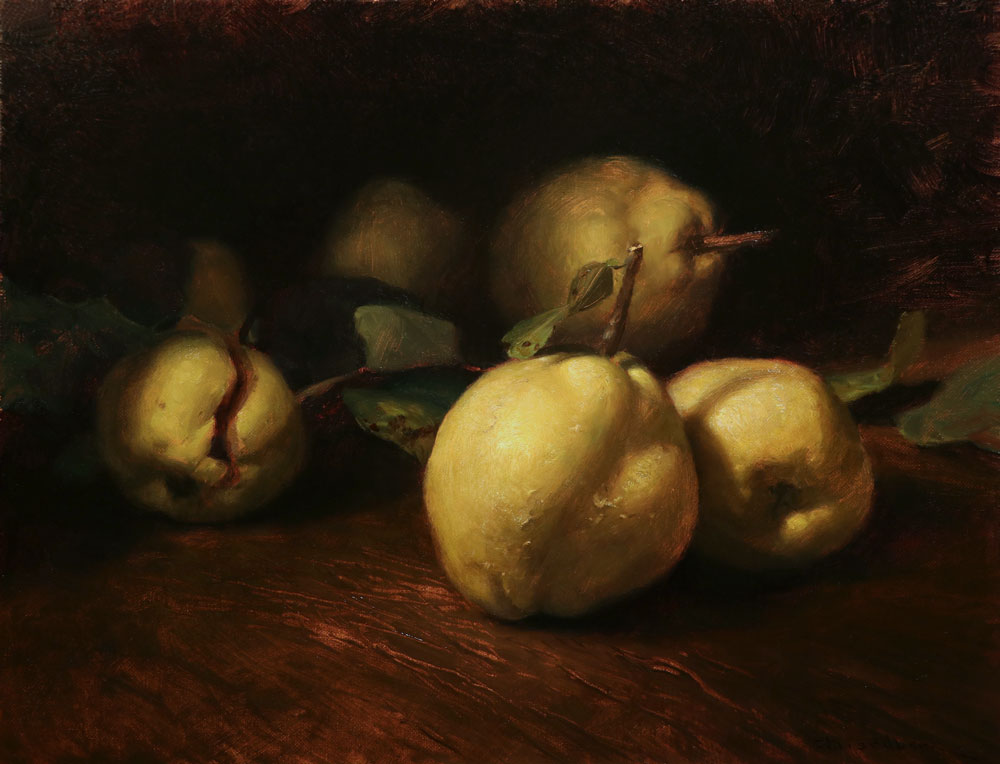
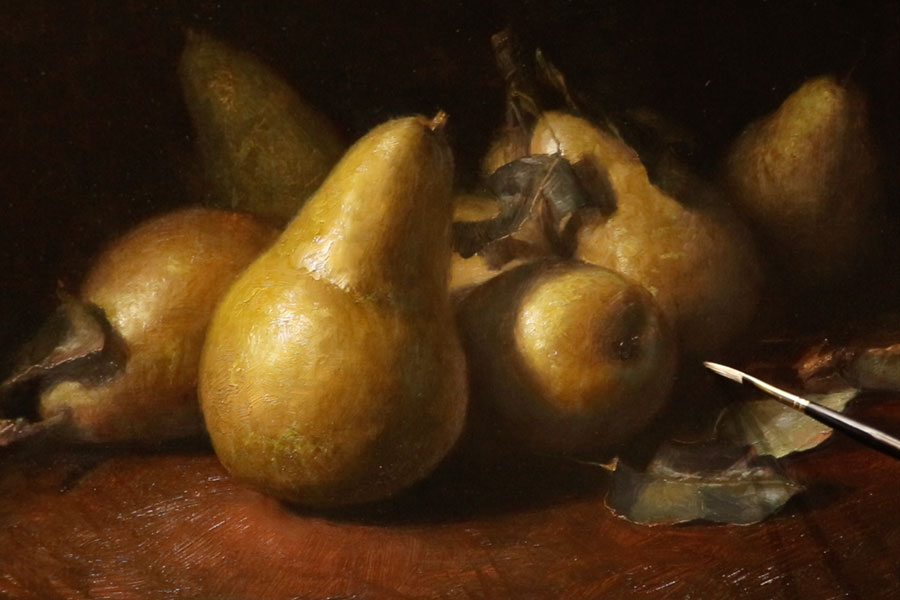
WHAT YOU WILL LEARN
- IN EACH DEMONSTRATION I SHOW YOU MY FIRST STROKES, CONSTRUCTING THE STILL LIFE AND ESTABLISHING THE COMPOSITION. THIS WILL HELP SOLIDIFY YOUR IMAGE WITH CLEAR ZONES, READY FOR THE INITIAL COLOURS.
- WE THEN BLOCK IN OUR STILL LIFE WITH BOLD STROKES OF COLOUR, OR CREATE A BISTRE, WHICH IS A TONAL UNDERPAINTING; ESTABLISHING OUR LIGHTS AND DARKS. THIS IS KEY FOR ACHIEVING THOSE OLD MASTER VIBES! FROM HERE WE SLOW THINGS DOWN AND I SHOW THE PROCESS OF LAYING IN REFINING STROKES OF DETAIL, TO MAKE THE STILL LIFE COME TO LIFE!
- YOU’LL COME AWAY WITH A NEW UNDERSTANDING FOR HOW TO CREATE A REALISTIC LOOKING STILL, THAT ACTUALLY LOOKS LIKE YOUR ARRANGEMENT!
- YOU’LL ALSO LEARN HOW TO HANDLE OIL PAINTING MATERIALS WITH EASE, BY JUST ADHERING TO A FEW TRIED AND TRUE PRINCIPLES. OIL PAINTING NEEDN’T BE DAUNTING OR OVER-COMPLICATED. ONCE YOU HAVE A GRASP OF THE FUNDAMENTALS, COVERED IN THIS TUTORIAL, YOU’LL BE PAINTING UP A STORM!
THIS TUTORIAL HAS SEVERAL SEGMENTS; EACH SEGMENT FOCUSES ON A DIFFERENT SUBJECT, APPROACH OR TECHNIQUE!
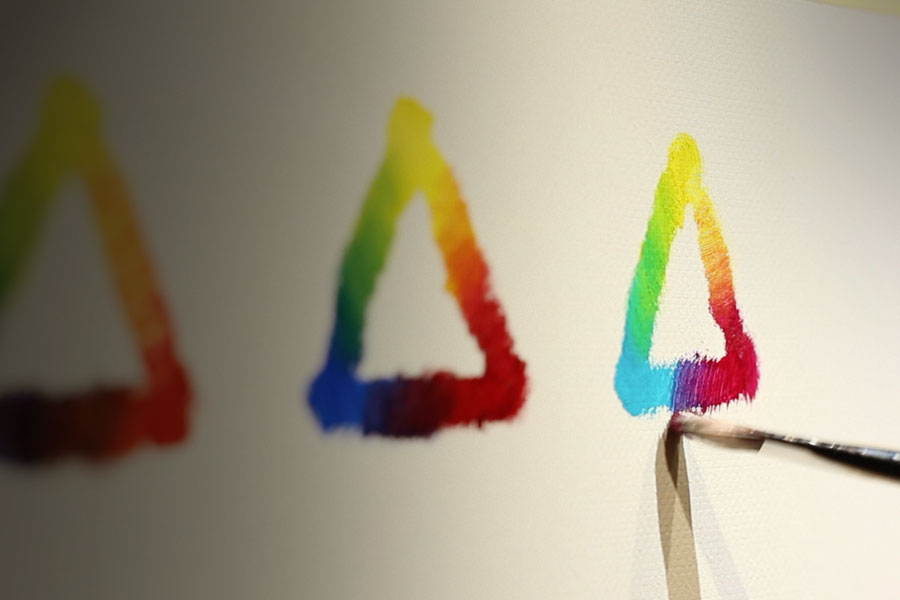
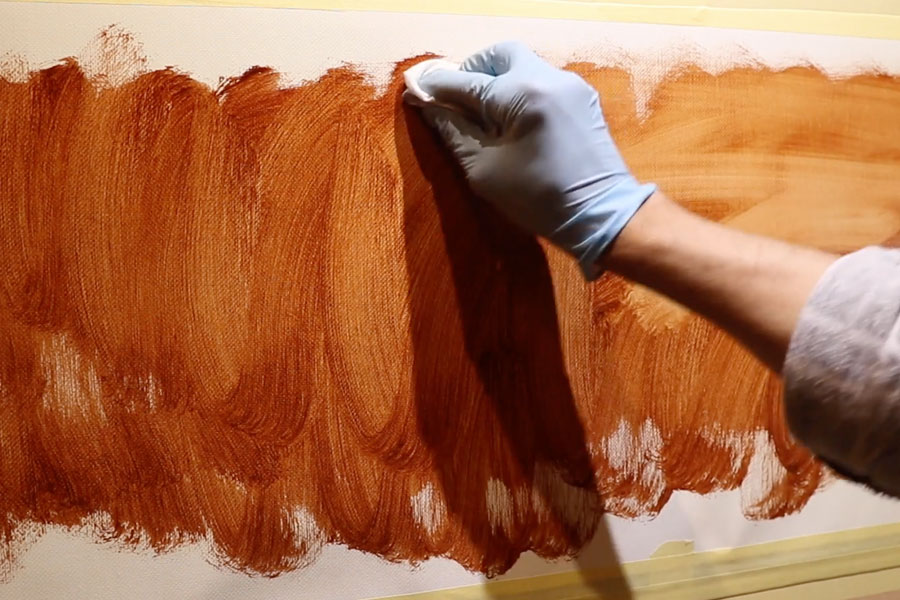
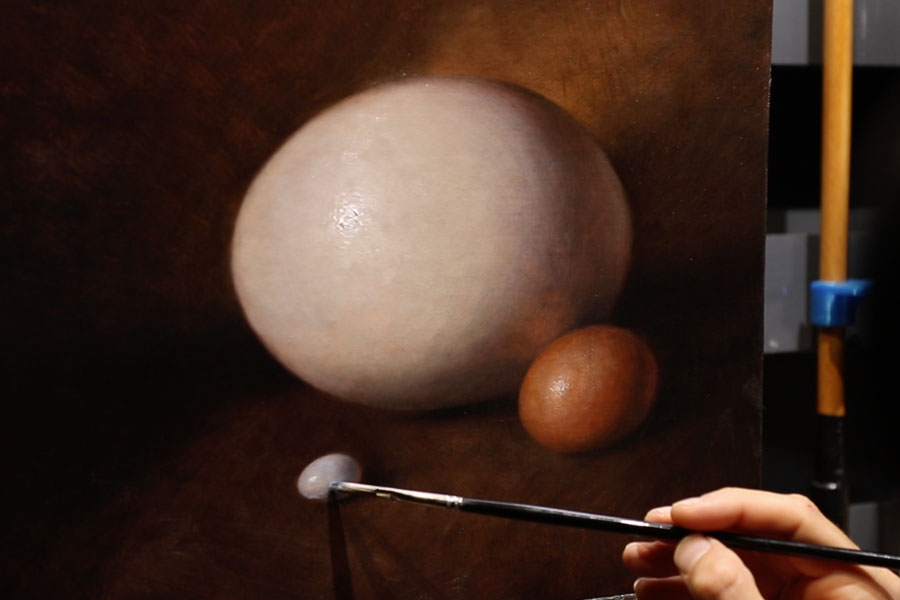
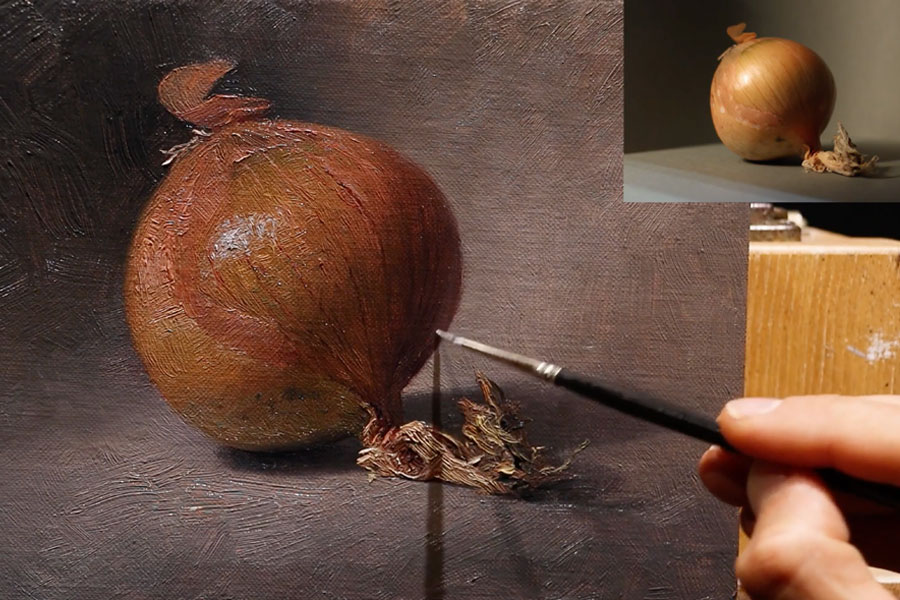

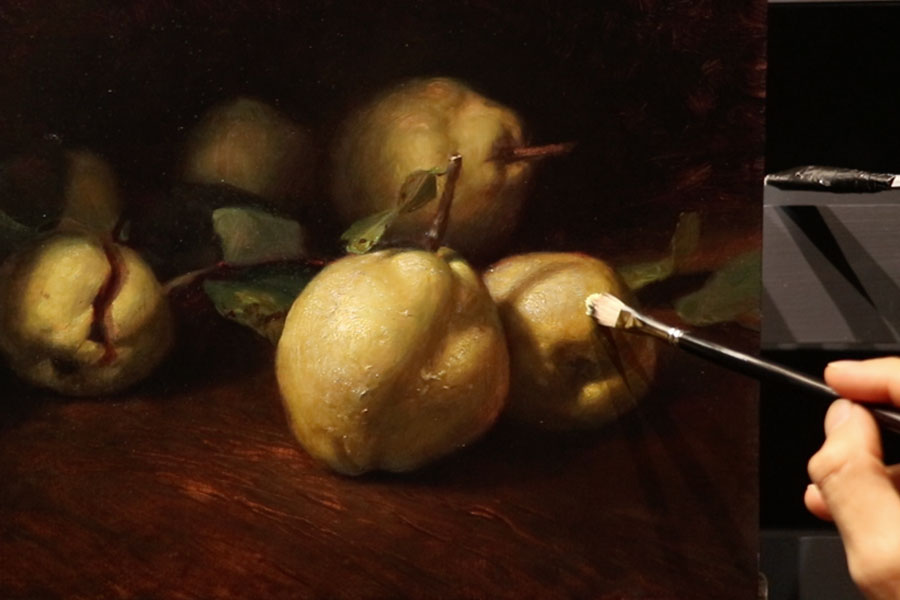

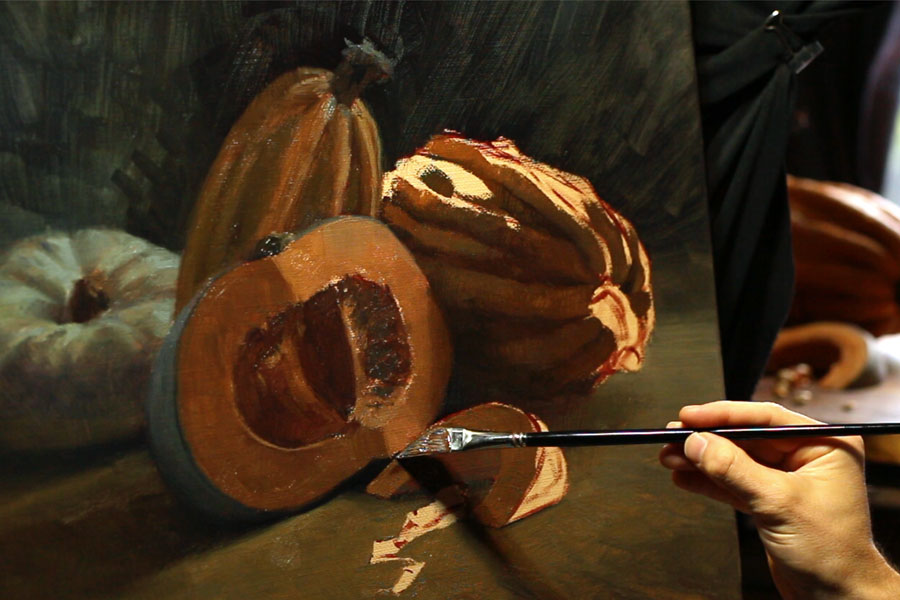
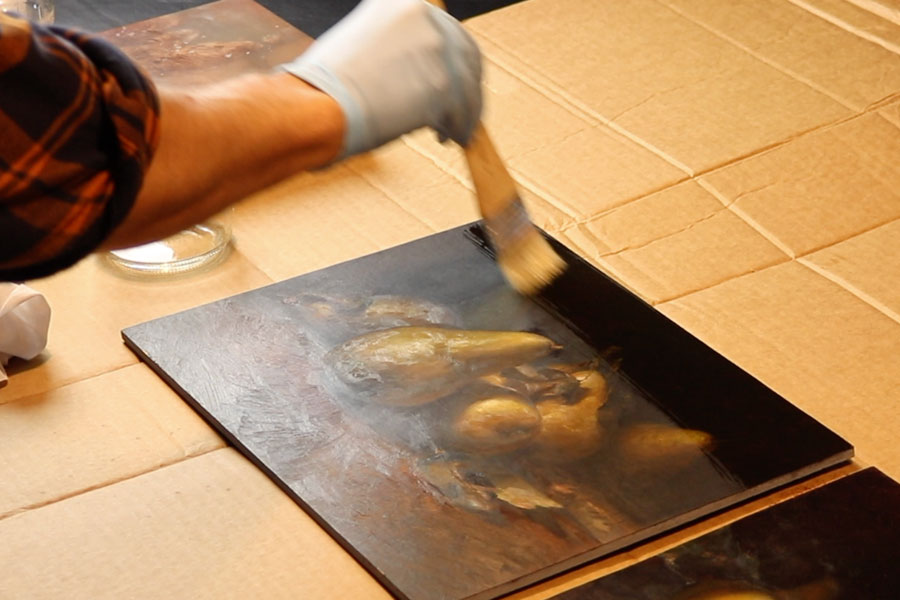
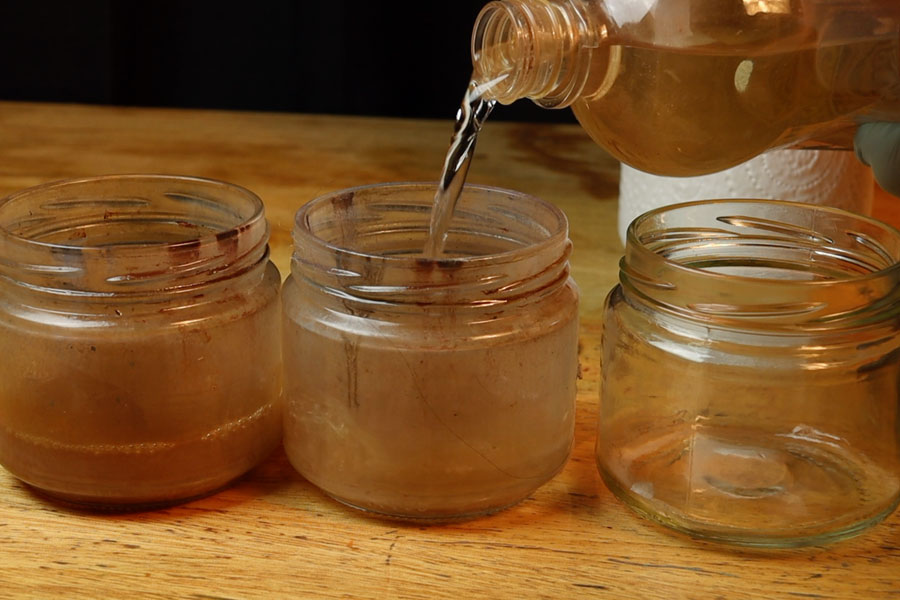
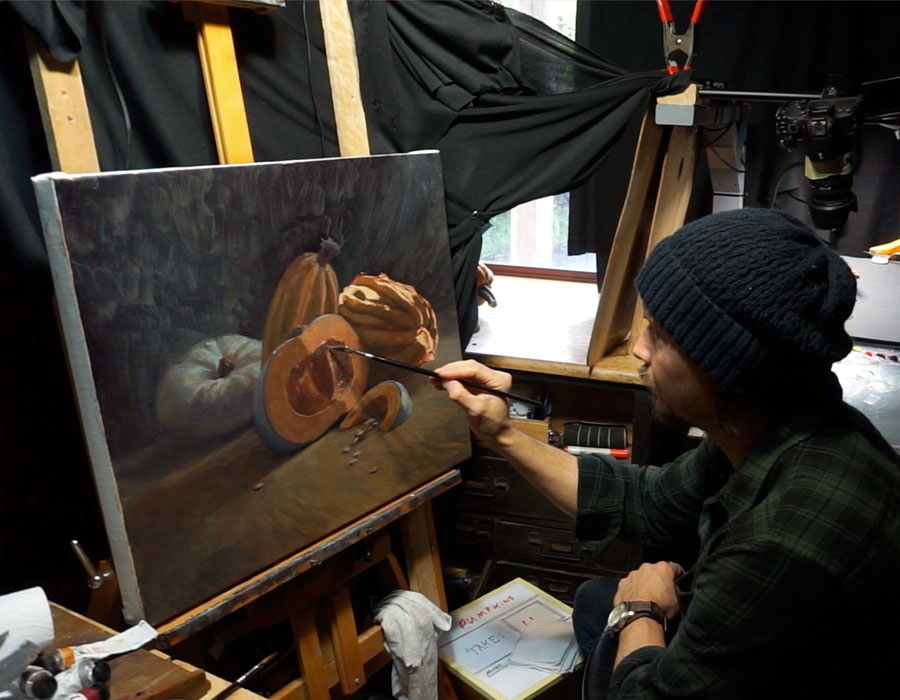
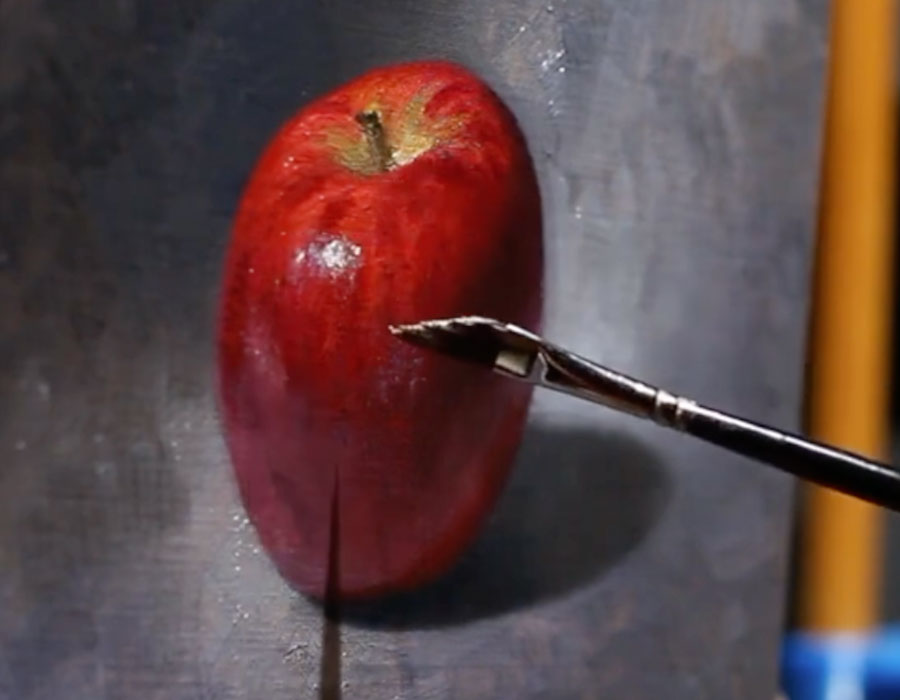
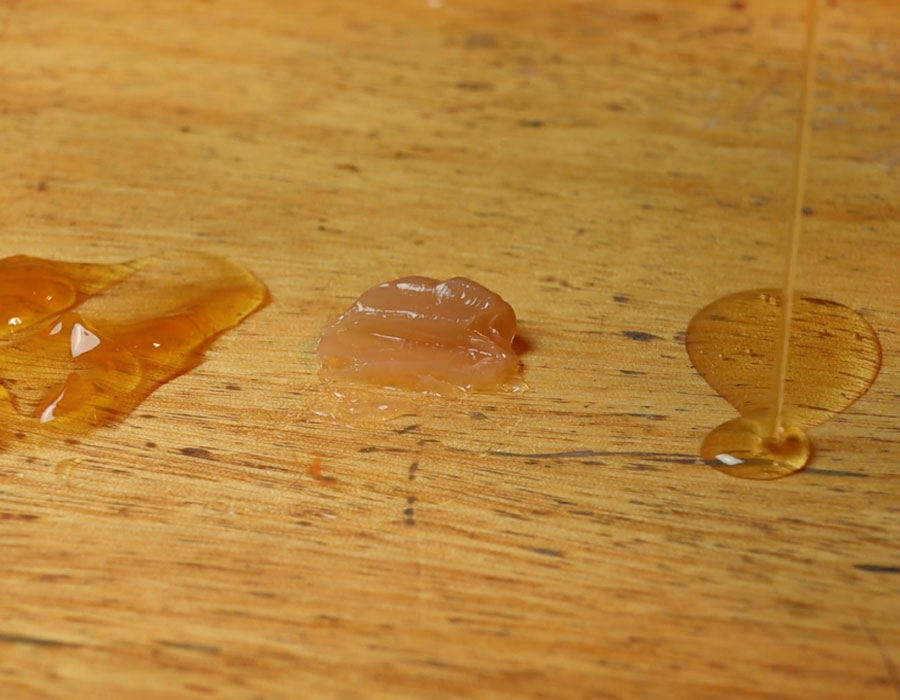
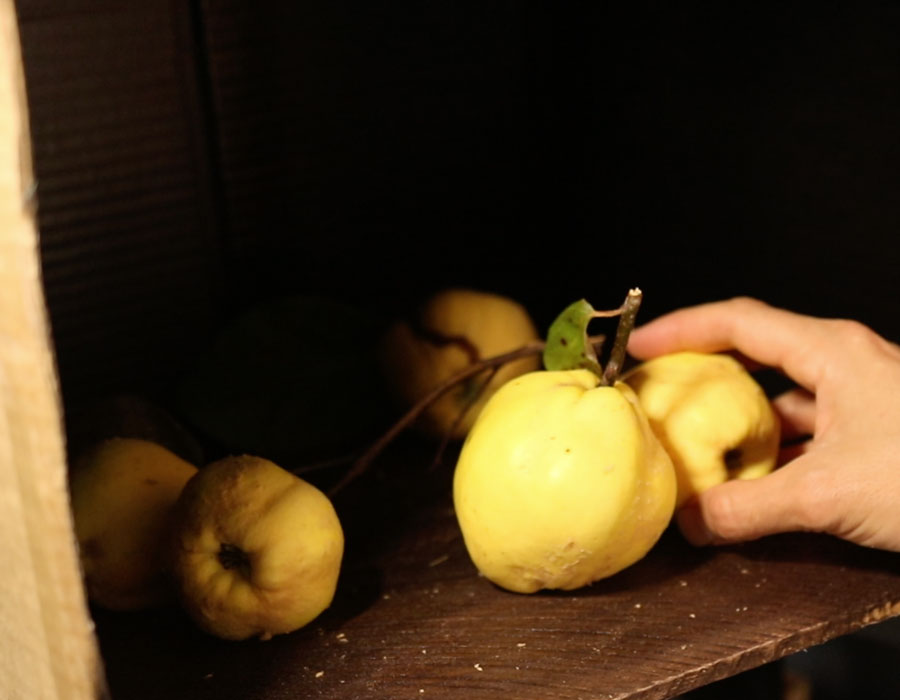
Q & A
The files are relatively large so ensure you have enough space on your computer before commencing the download. Once i’ts saved on your computer you can then save this to a USB stick or portable drive to free up space.
You’ll need a good/fast internet connection to download the tutorials, as the speed of your connection will determine how long it takes to complete the download.
Make sure you download files individually, one at a time. An interrupted internet connection will cause the download to pause so please if your download stops, un-pause it instead of starting again.
Absolutely, for a technical issue, we are only an email away!
I make tutorials that everyone will gain something from. If you are a beginner, then this is a great place to start. You’ll no doubt learn some crucial techniques to accelerate your development as a painter. If you’re an advanced or professional artist you’ll come away with some new tricks refreshing your approach to creating paintings.
Absolutely, whilst the mediums have their differences many of the concepts here are the same. It all comes down to colour and composition and these elements are universal in painting
All of it! Whilst this presentation doesn’t show every single brushstroke I have filmed every stage of this painting. This piece took well over 80 hours; I boiled it down to the essential techniques into 7 hours!
Yes! Frequently. Colour mixing is important and intermittently through the presentation I show my palette and how I mix some of the colours in this painting.
You’re more than welcome to paint along. However I recommend using this tutorial as a guide to paint your own scenes and take these techniques to create your own unique vision. This will give you the nudge you need to take your paintings to the next level.
Yes, I have zoomed in to show some of these finer details being applied, particularly on the trees and in the grasses in the foreground
Yes, you can use your iPad to view the download, but please find out what software your version will require to watch a MP4 file first.

